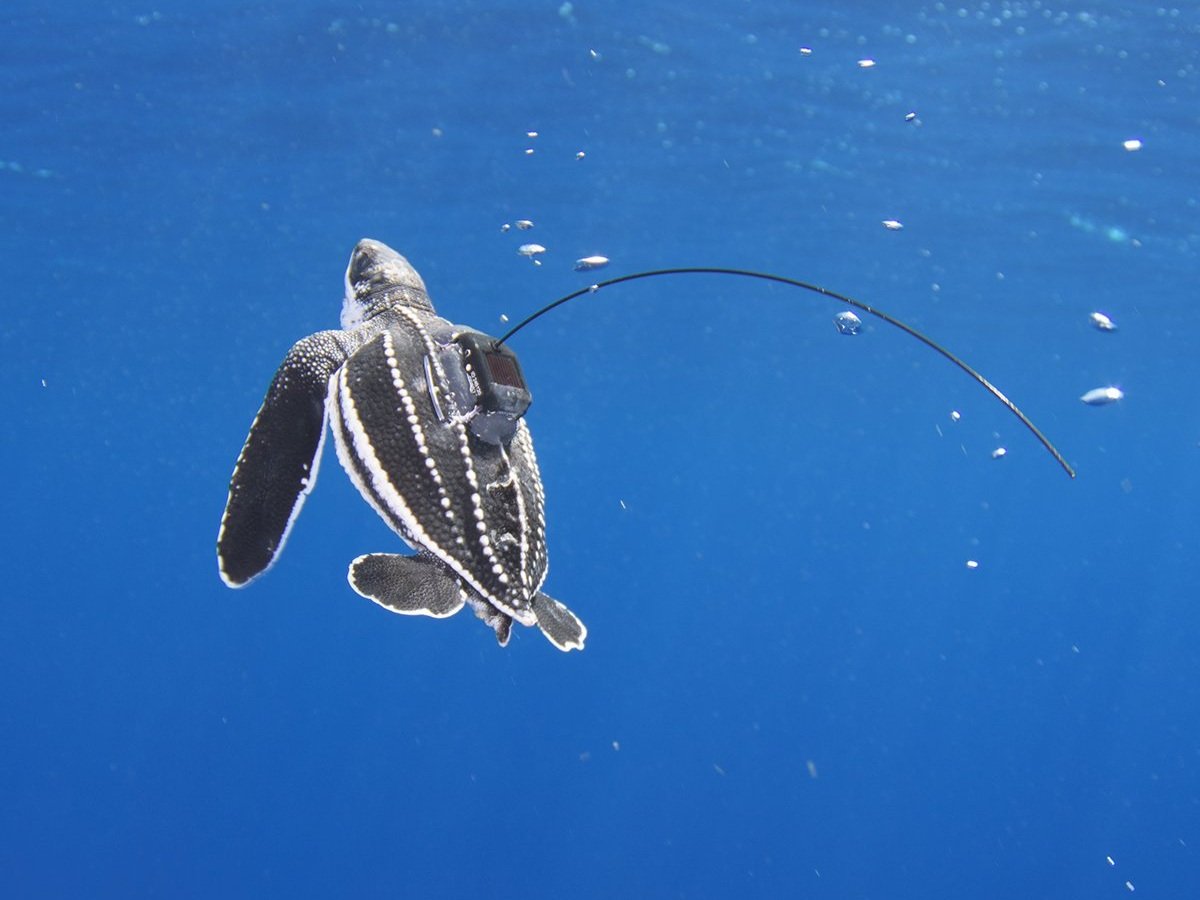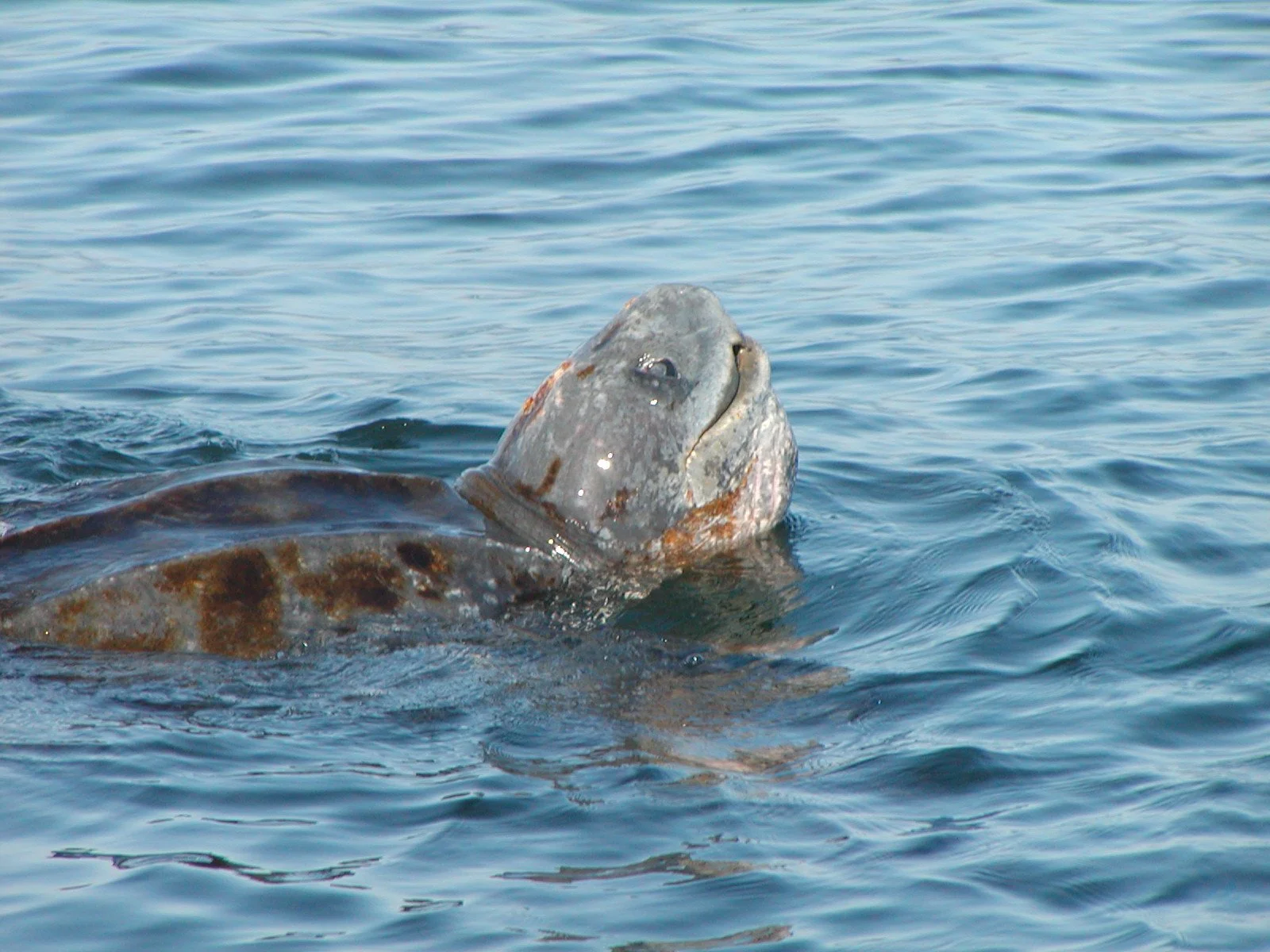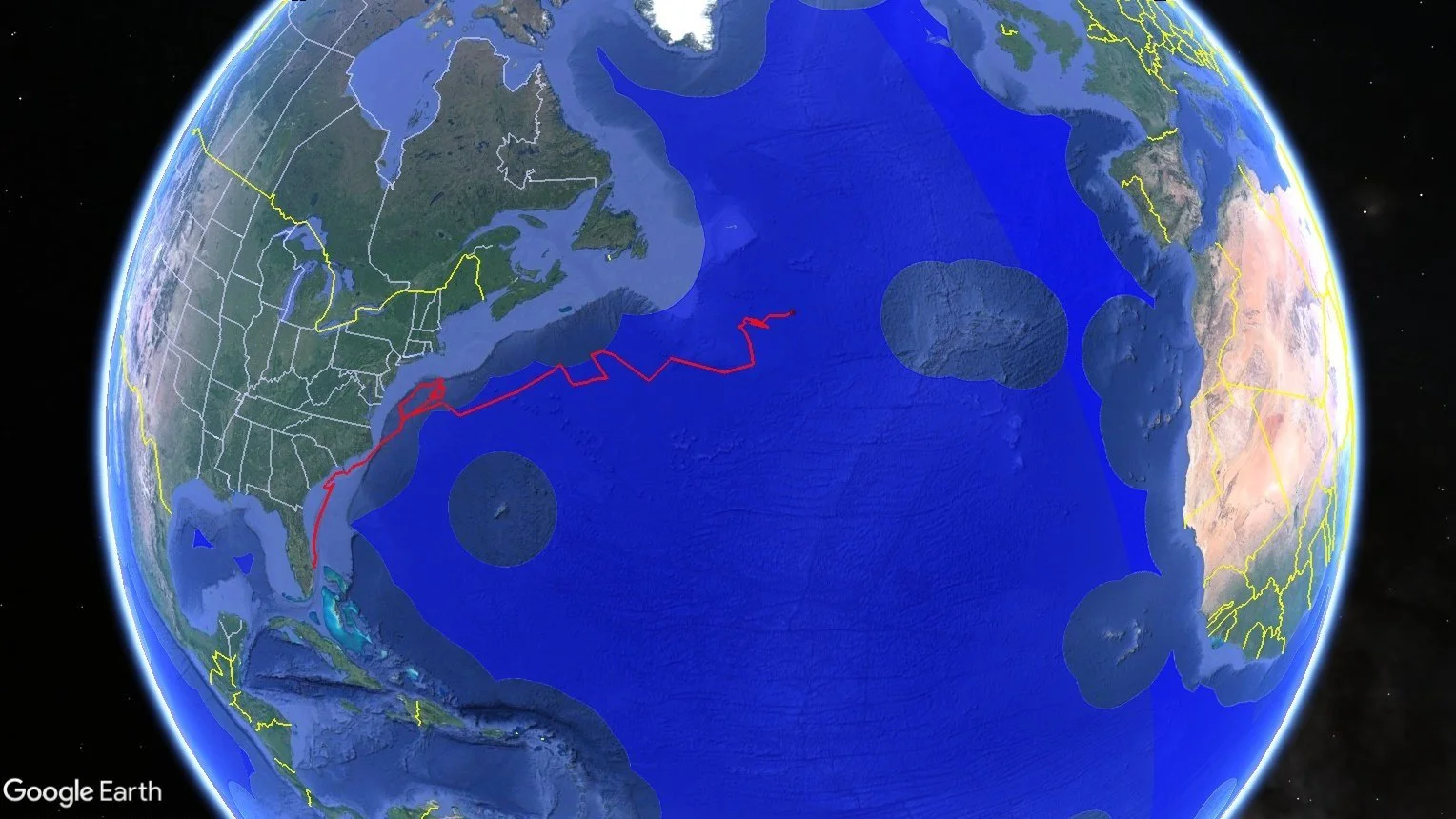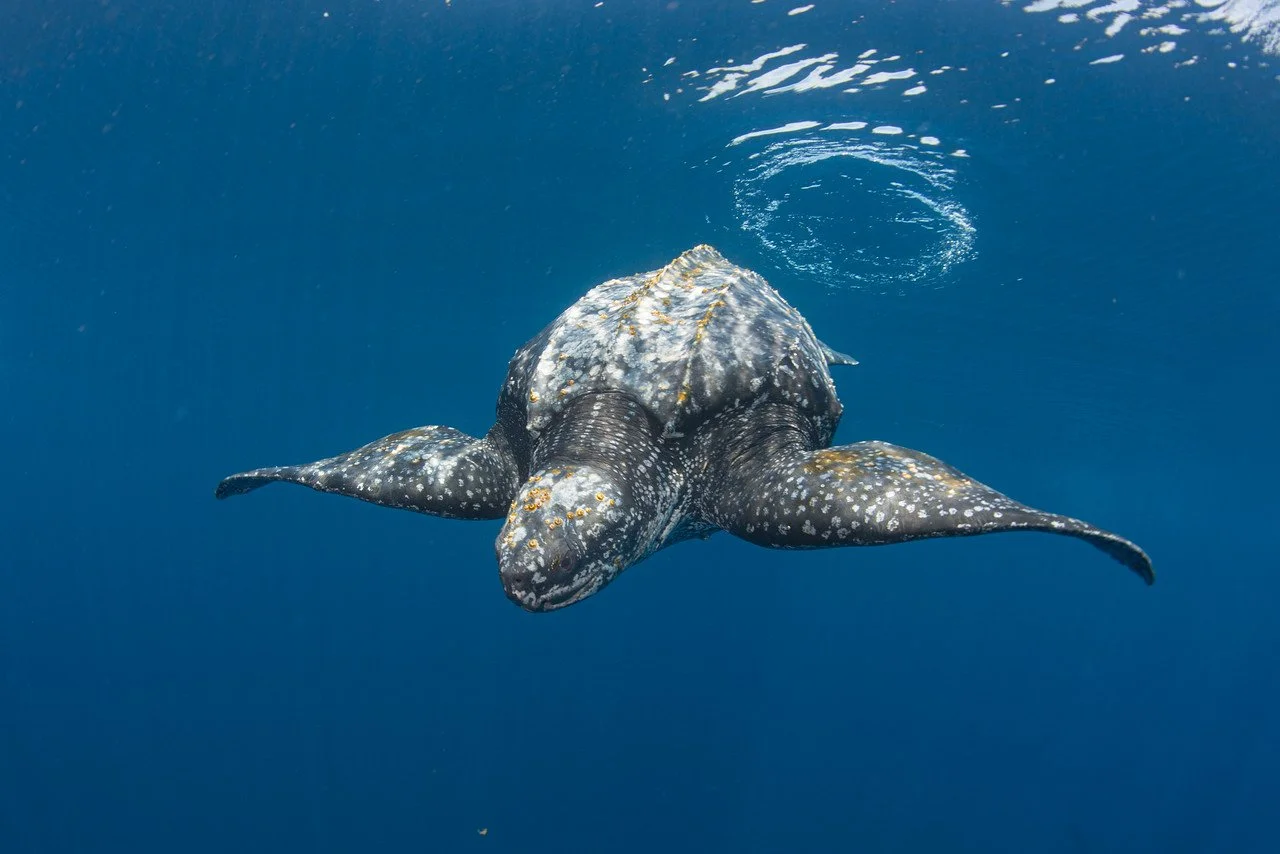A guest blog from our partners at the New Zealand Department of Conservation about the aerial surveys over the Bay of Plenty we carried out as part of a collaborative project.
Looking for Leatherbacks - The Web Series!
Each year, the Upwell and NOAA Fisheries team conduct aerial and vessel-based surveys for leatherback sea turtles off the US West Coast. The data from these surveys can be put into action to protect the critically endangered West Pacific leatherback population. During August and September of 2024 the collaborative team documented their efforts in an engaging web series called Looking for Leatherbacks.
Taking to the Sky to Find Leatherbacks in New Zealand
Expanding efforts to monitor critically endangered West Pacific leatherbacks, Upwell is teaming up with Monash University in Australia and New Zealand’s Department of Conservation and National Institute of Water and Atmospheric Research, and our partners at NOAA to design and conduct aerial surveys for leatherback abundance in the Bay of Plenty. New Zealand has become a focus of attention for leatherback conservation and bycatch prevention, and these surveys will provide critical data to support these growing efforts.
Algorithm Magic: Predicting Leatherback Presence in the California Current
Nerea Lezama-Ochoa is a marine biologist working as a UCSC project scientist at the NOAA Environmental Science Division in Monterey. Her team is producing daily projections of suitable habitat for 10 highly migratory species (including leatherback sea turtles). Read Nerea’s blog about how these projections are created with accuracy and why they are helpful to conservation efforts.
Aerial Surveys Result in One-of-a-Kind Finds
Why the High Seas Treaty Is Important to Sea Turtles
Most sea turtle species migrate and spend large amounts of their life history in areas of the ocean considered “high seas.” The high seas are the parts of the ocean that are not under the jurisdiction of any nation. In June of 2023, after almost two decades of negotiations, UN Member states adopted the Biodiversity in Areas Beyond National Jurisdiction treaty (also known as the High Seas Treaty) to provide a coherent and holistic framework for protecting the high seas. Earlier this month, Upwell Executive Director Dr. George Shillinger attended the High Seas Treaty symposium to learn more about how its implementation may impact sea turtle populations and to seek opportunities to further the protection of turtles at sea.
Press Release: Novel Research Takes Marine Conservation Tools to a New Dimension
Using Machine Learning to Understand Turtles’ Lives at Sea
What does a researcher studying animal behavior do when the animal they are studying takes off into the middle of the Pacific ocean? In this post, Upwell Researcher Dr. Nicole Barbour breaks down how machine learning can be used to help researchers interpret data from tagged leatherbacks to understand their behavior at sea. Featured image by Juergen Freund.
Notes From The Field: Monitoring Florida’s Leatherbacks
At the beginning of June, Upwell Executive Director George Shillinger traveled to Juno and Jupiter beaches in Florida to catch the end of the leatherback nesting season monitoring conducted at Loggerhead Marinelife Center (LMC) and participate in ongoing collaborative research projects. Read more about those projects and meet some of the leatherbacks that were monitored this season!
A Brief History of the Sheila B. Research Vessel
Since 2021, John Douglas has worked with Upwell as captain of the Sheila B. research vessel while monitoring for leatherback sea turtles in the Pacific Northwest. The Sheila B. is a boat that has been specially engineered for the research work that it carries out. In this blog, John gives us insight into its history and its evolution into the perfect vessel for leatherback sea turtle monitoring.













